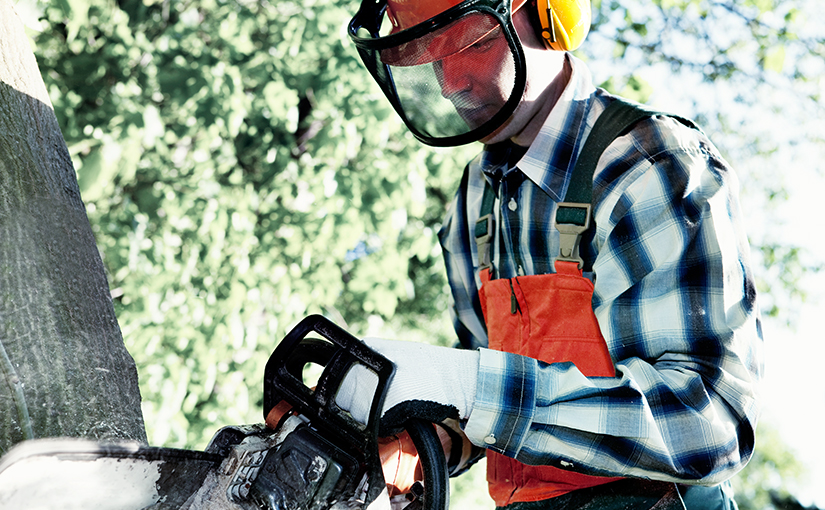Did you know that 30 million U.S. workers are exposed to hazardous noise levels in the workplace? According to the Bureau of Labor Statistics, it’s estimated that nearly 125,000 of these workers have suffered significant, permanent hearing loss due to workplace exposure in the last 12 years.
Exposure to high decibel levels for extended periods of time can cause permanent damage to the ear, which in some cases can’t be corrected with surgery or hearing aids. Other symptoms of high noise exposure include a “stuffed-up” feeling in the ears and a constant ringing, called tinnitus.
To combat this ear damage, OSHA outlines strict requirements for hearing protection in the workplace. In fact, employers are legally required to provide hearing protection to all workers who are exposed to time-weighted average (TWA) sound levels at or above 85 dB for eight continuous hours per day. However, for workers who aren’t continually exposed to high decibel levels, it’s still crucial to wear protection whenever they’re exposed to noises above 85 dB.
Here, we’re taking a look at some of the noisiest industries to work in and providing suggestions on the best hearing protection solutions for each work environment.
Landscaping
Workers in the landscaping industry deal with a lot of noisy tools including lawn mowers, leaf blowers, tractors and more—all of which operate in the 90-100 dB range. Since many landscapers aren’t necessarily supervised on-the-job, or are actually the business owners themselves, it can be easy for them to “get away” with not wearing ear protection. This mindset can be very harmful. Even though the decibel level typically encountered in the landscaping industry is on the lower scale of the danger zone, continued unprotected exposure can lead to chronic hearing problems later in life.
Recommended hearing protection: Landscapers should wear hearing protection that’s most comfortable for them, whether that’s roll down foam earplugs, custom molded devices or a range of other options. As tempting as it may be to stick a pair of ear buds in and listen to music, that will only increase the decibel level and risk of permanent hearing damage.
Construction
Common noise culprits in the construction industry include bulldozers, chainsaws and jackhammers, which operate at 100-110 decibels. It’s critical for construction workers to wear ear protection on top of their regular safety gear when operating loud, heavy machinery.
Recommended hearing protection: Since communication is a key safety component of construction work, we recommend that workers wear noise-cancelling electronic earmuffs—a type of high-tech hearing protection that screens out only noises over 85 dB. Electronic earmuffs allow workers to easily hear lower-decibel sounds, like voices, while blocking out damaging higher noises. For jobs that are less reliant on loud machinery, simple foam earplugs on a cord may be more appropriate.
Emergency Responders + Military
A siren from an ambulance, police car or fire truck can reach up to 120 decibels, but it’s not practical, or necessarily safe, for emergency responders to wear ear protection while they’re driving to an urgent situation. Fortunately, most emergency vehicles are soundproofed, with the siren projected away from the vehicle to minimize the interior decibel level. It’s police officers and military personnel, when practicing shooting at the range, who really should be concerned about noise levels, as a gunshot ranges from 150 to 165 decibels.
Recommended hearing protection: Often, on a shooting range, gunshots happen frequently and unexpectedly. Noise-cancelling electronic earmuffs allow men and women who are practicing to comfortably communicate with others, while ensuring non-stop, reliable protection from the constant high decibel shots.
Ready to equip yourself or your employees with high quality workplace hearing protection? Contact U.S. Standard Products for more information about our available hearing protection products today. Give us a call at (844) 877-1700 or send us an email at info@usstandardproducts.com.

